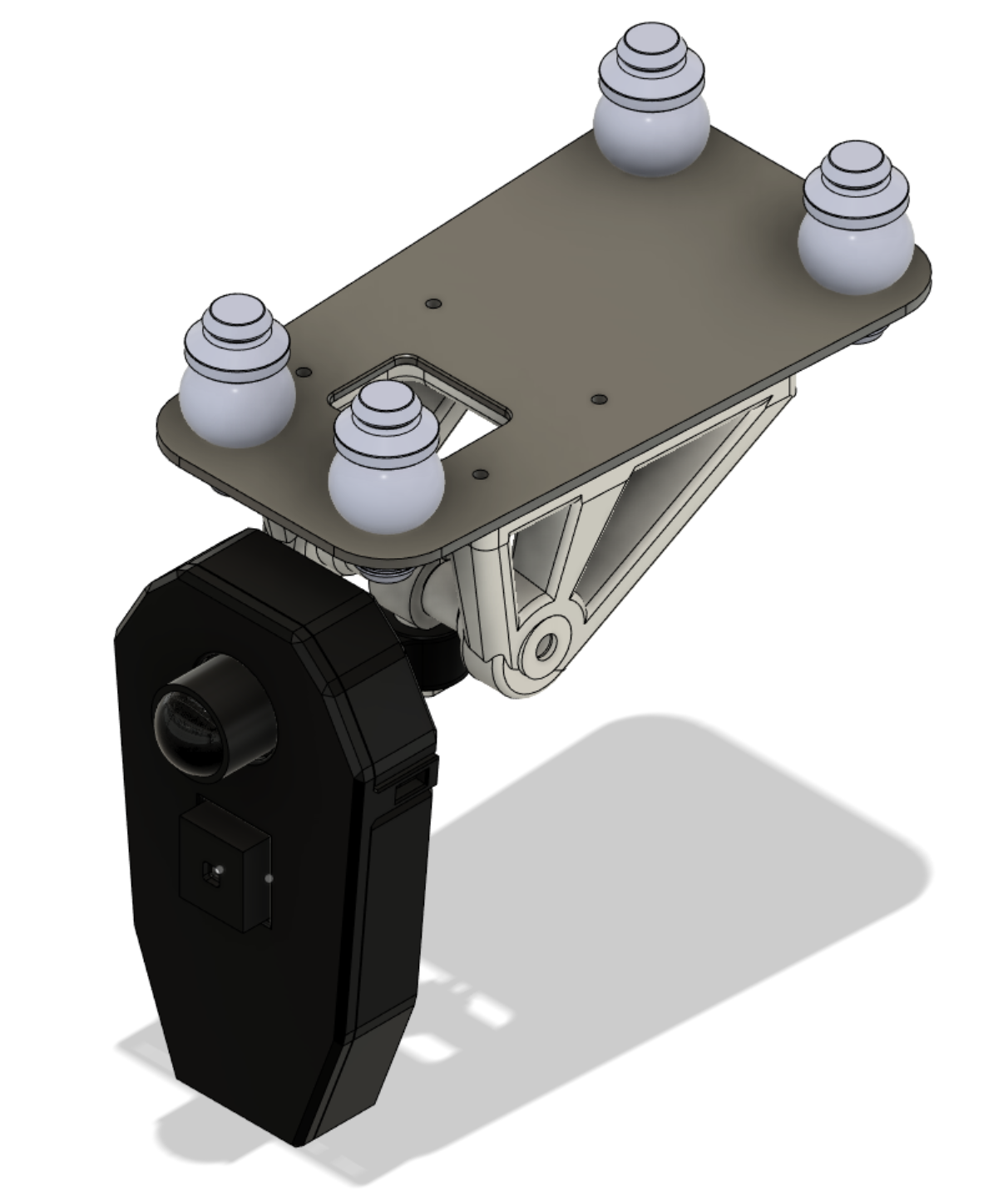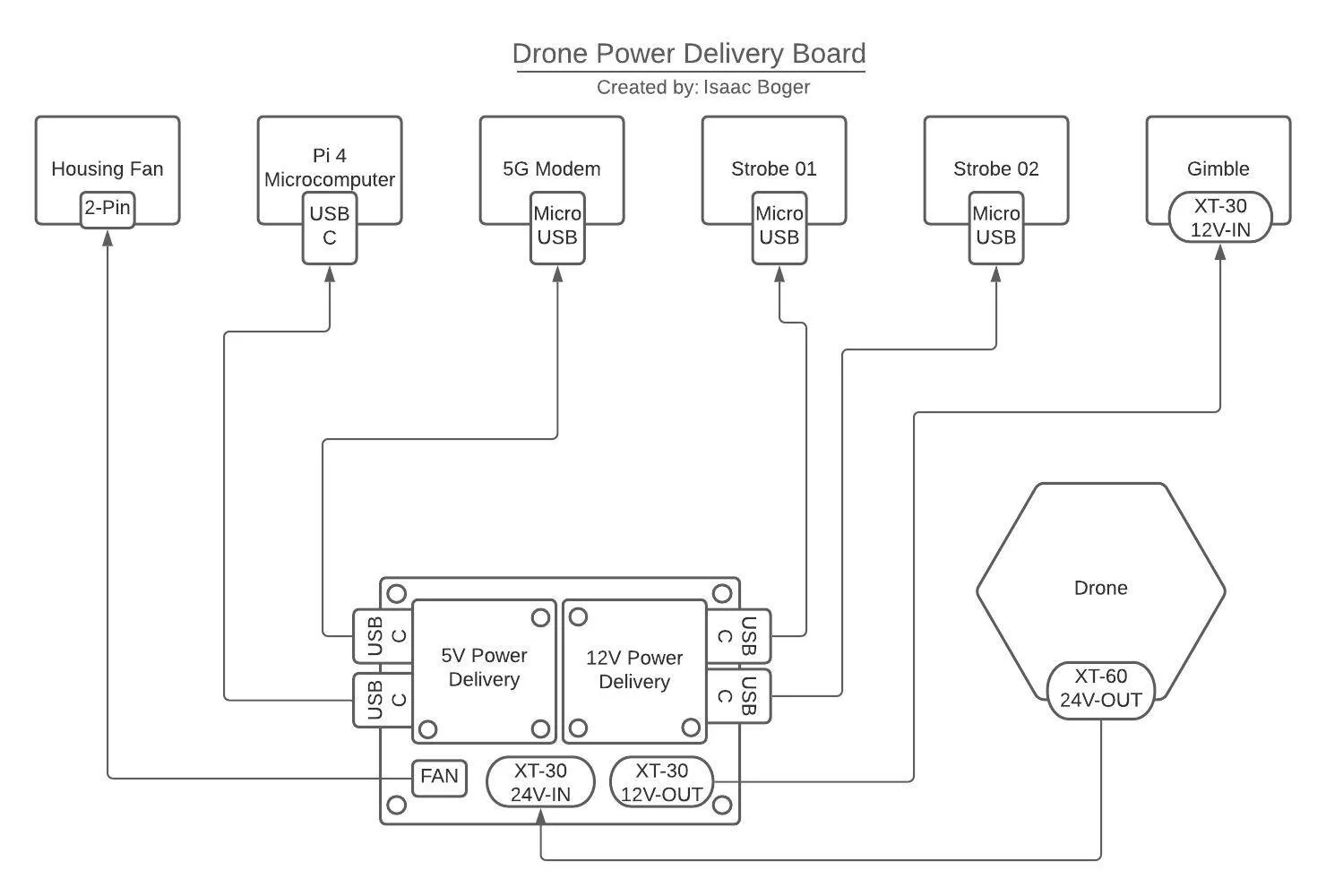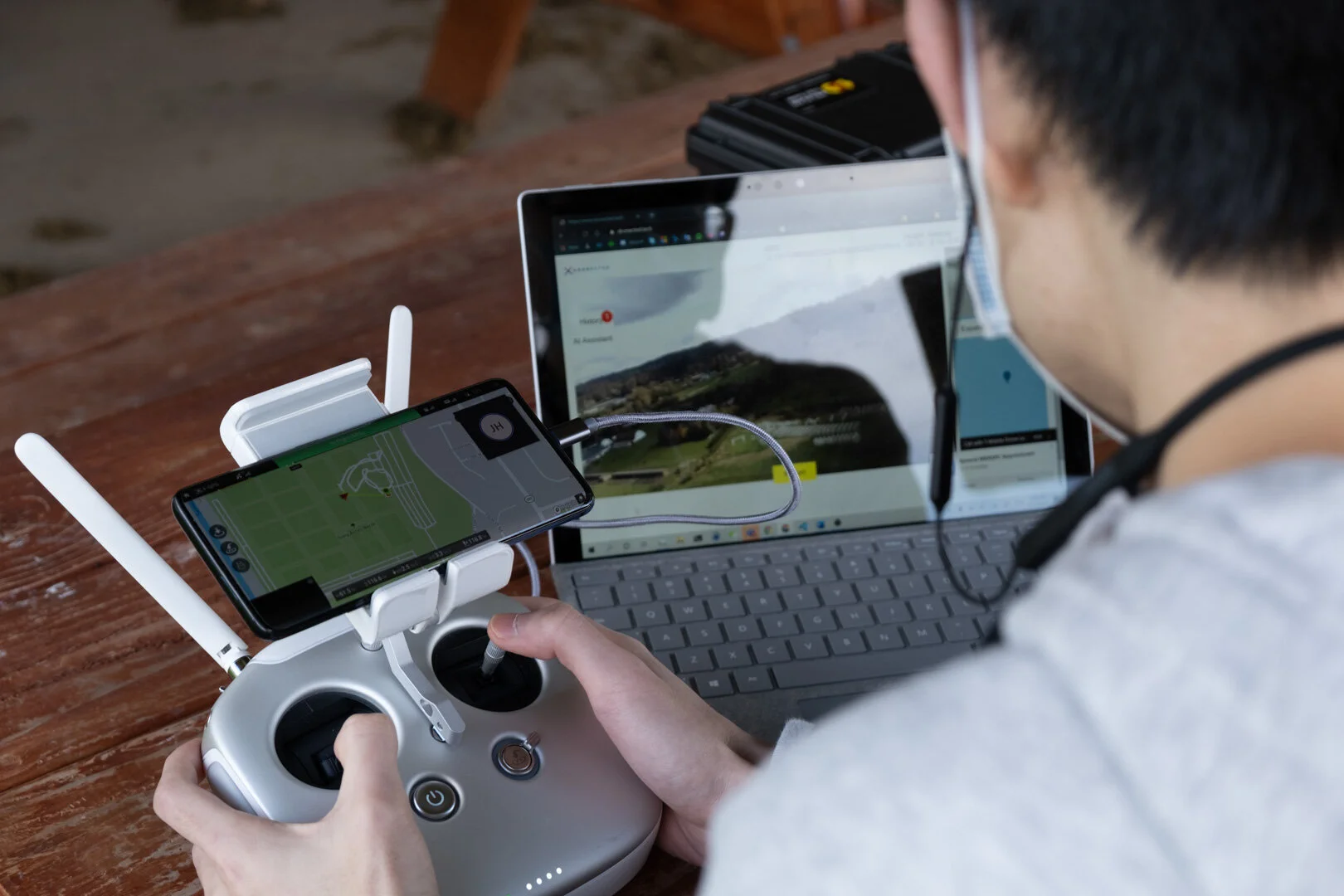University of Washington
5G Connected Search and Rescue Drones
A masters capstone “launch” project
Launch Projects
As the capstone to the masters degree in Technology Innovation at the University of Washington, we are formed into multidisciplinary teams and tasked with creating an innovative new technology directly applicable to a real world problem and advancing social good. Having spent the previous year refining our skills with project based courses in design thinking, machine learning, fabrication, business, and more, the capstone is an end-to-end product launch.







































